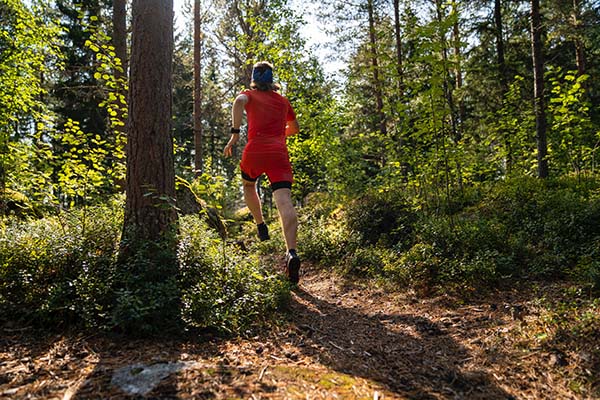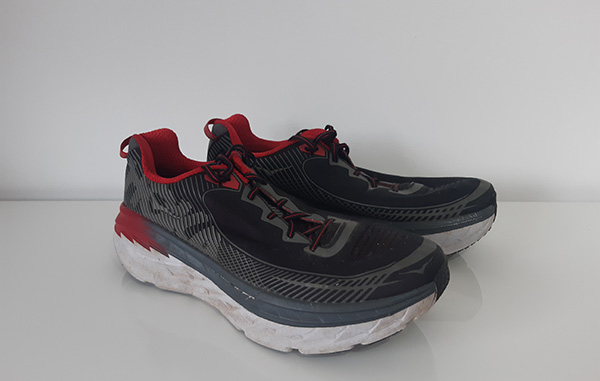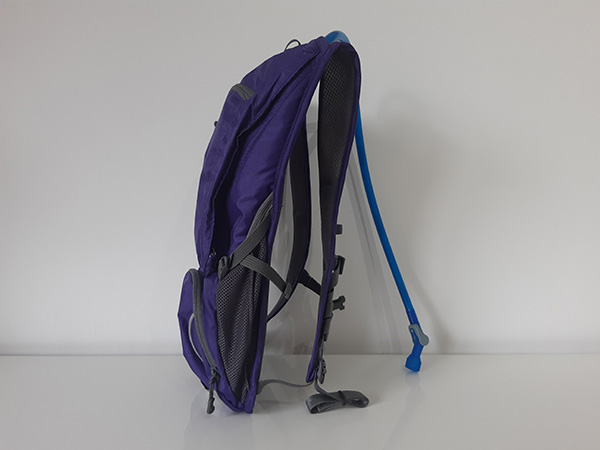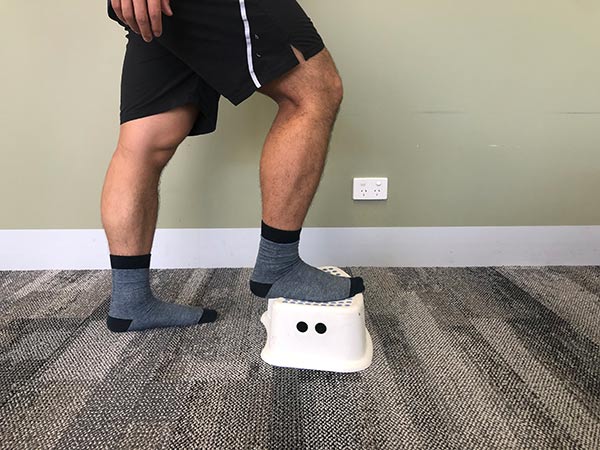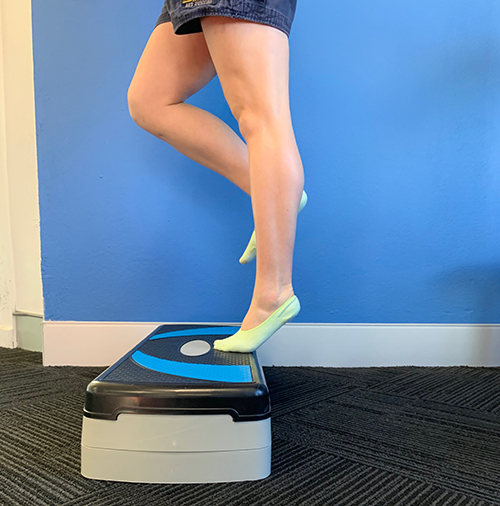Want to be a Trail Runner? Top Physio Tips for Trail Running
Trail running is becoming more and more popular. With good reason. It’s a great way to keep fit and healthy. In Canberra we are spoilt for choices when it comes to trail running locations. If you’ve never ventured off the tarmac before here is a practical guide to getting into trail running from a physio perspective. If you’ve been trail running for a while you may just want to skip to some of the strengthening exercises at the bottom of this article to get you legs race ready!
Shoes for Trail Running
Lets start with the obvious. You may have noticed trail runners wear different shoes. It isn’t just a fashion statement. Trail shoes are designed to have more grip for any slippery off surfaces. Expect to fall over and lose some skin at some point, but at least you won’t be as likely to slip as in you would be in regular road shoes.
There is no rule to say you must wear trail shoes. I did my fair share of adventure races in regular runners (but was an impoverished uni student at the time). However it is kind of like driving on bald tyres -possible, but you’ll have more fun and more grip with some decent tread.
Some trail shoes also come with extra cushioning to protect your feet from rocks. This can also be an issue depending on the track surface and length of run.
Try to pick shoes that have similar heel drop and pronation control as your current road shoes. A good comparison website for these specifications is https://runrepeat.com.
Fuel and Hydration for Trail Running
As your inner trail runner takes over you’ll want to go further and longer. That means you’ll need to eat and drink. Obviously if you’re in the middle of nowhere, bubblers and cafes aren’t really an option. Luckily there are plenty of hydration packs that you can take on your run with enough space to pack some essential mid run carbs.
I won’t go into how much you need to eat/drink and when because that is a whole another article. Just remember that as your run gets longer, hydration and refuelling becomes more and more important. If you want more info check out the Sports Dietitians Australia website factsheets https://www.sportsdietitians.com.au/factsheets/food-for-your-sport/ultra-running/.
Having somewhere to carry your phone is also helpful. On a road run there is usually someone somewhere nearby should you need assistance. On the trails you may have to fend for yourself should anything go wrong.
Training Volume and Intensity
Trail runs can be either sobering or liberating depending on which way you look at it. Running a flat 5km you probably know how fast you should be tracking at each km. On a trail run you can practically ignore your km splits at times as there may be some steep ups and downs involved which significantly slow the pace.
I personally quite like this style of run because on flat runs I tend to get a bit obsessed with checking my GPS watch, making the run somewhat unenjoyable. On trails you tend to run to how you feel or heart rate, rather than pace.
Be wary however of trying to get the same number of km’s in as you add in elevation. A flat 10km is very different to a hilly 10km from training perspective. You are better off using time as a indicator of training volume rather than distance because that way if you choose a really hard route you’ll naturally run less kilometres than the easier, flatter route.
Start with runs with less overall elevation and gradually increase over a number of weeks. If in doubt check out Jamie’s overtraining quiz here https://sportandspinalphysio.com.au/key-tips-avoid-overtraining/.
Uphill vs Downhill
Running up hill is a great cardio workout. Running downhill sadly isn’t. However, rather than “freewheeling” down the steeper hills and feeling like you’ve jarred your body to several cm shorter, slow down a bit and get a better leg muscle workout. Obviously going down you are assisted by gravity. Consequently, if you slow down and try to land softly in a controlled manner you are giving your leg muscles a good strength workout on the descents.
In a racing situation you can go as fast as your legs can safely handle. However, for training it is certainly worth slowing your descent to get more physiological strength gains. Your joints will also thank you later.
Get strong for Trail Running
More hills means more work. Particularly on your calves and quadriceps (thigh muscles) for the descents. On the way up you’ll also be challenging your glutes (buttock muscles) much harder than running on the flat.
So here are some simple exercises to get trail ready:
1. Step ups
- Stand in front of the step with your feet hip width apart.
- Place one foot flat on the step.
- Keep your hips level and your knee in line with your third toe.
- Lean forwards and slowly step up.
- Then slowly step back down but only lightly touch the ground with your heel and step back up again.
2. Step downs
- Stand on a step feet hip width apart.
- Straighten one leg out in front of you.
- Slowly bend your standing leg knee knee reaching the heel of your other leg towards the floor.
- Keep your hips level and your standing leg knee over your middle toe.
- Then slowly bring your foot back up on to the step.
3. Calf raises off a step
- Stand on the edge of a step so only the front of your foot is touching.
- Let your other leg hand behind so that it’s not touching the ground throughout the movement.
- Slowly lower your heel down, then push up through your toes to lift your heel up above the step.
How many and how often? With any strength exercise the goal is 3 sets to fatigue, 3 times per week. Ideally you want to fatigue in 8-12 repetitions. Most runners shoulder be able to do more than this so you may need to add a weighted backpack or hand weights to make the exercise harder. As a general rule I recommend doing these type of exercises on your run days (well 3 of them anyway) after you have run. Your strength gains won’t be quite as good as if you hadn’t run prior but you are less likely to develop an overuse injury by not compromising your rest days.
Enjoy your time on the trails!
